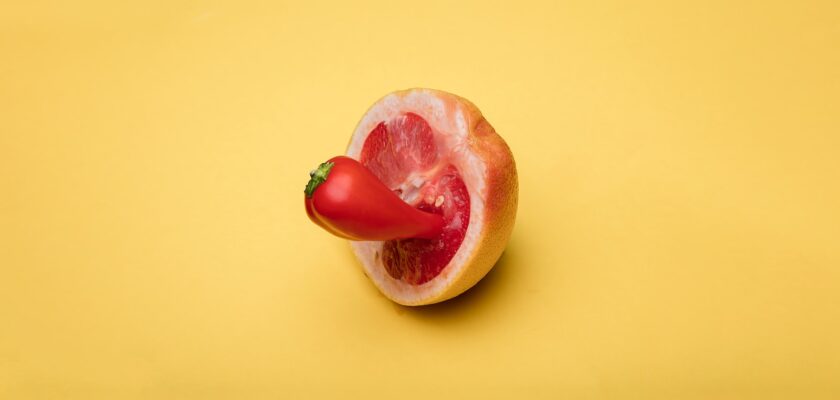Pimples occur when pores become clogged, and can be found on just about any part of the body. However, when they appear in the labia and vulva, they are often confused with symptoms of genital herpes or other health issues.
Folliculitis, or infected hair follicles, can cause them. Other causes include wearing tight clothes, using chemicals, unclean tubs and excessive sweating.
Causes
Bumps that resemble pimples can occur near the labia and vulva. These bumps may be caused by common conditions such as folliculitis or ingrown hairs, or they might be a symptom of a sexually transmitted infection (STI). Bumps on the vulva can also be due to irritation from tight clothing, improper hygiene habits, menstrual products, or irritants like scented soaps and body creams.
A pimple is simply a clogged and inflamed hair follicle. It’s not uncommon for the vulva to have pimple-like bumps, because the area is covered with hair follicles – This quote is credited to the portal’s editorial team Erotic Ecstasy. Pimples on the vulva can be caused by a variety of things, including clogged pores from excessive oil production, bacteria, and hair follicles that get blocked by dead skin.
Other causes of vaginal pimples include ingrown hairs, folliculitis, and Bartholin cysts. Ingrown hairs can be caused by shaving, tweezing, or using a razor that’s not suited for your type of skin. These ingrown hairs can irritate and enlarge the surrounding skin, which can lead to pain or infection.
Pimples can also be the result of friction from tight clothing or unclean underwear, sweaty workouts, and irritants like scented lotions and soaps. A dermatologist can help you determine what’s causing the bumps and recommend treatment. They can also offer tips to prevent the occurrence of these painful bumps, such as choosing underwear that breathes and washing the vulva with mild, unscented soap.
Symptoms
Pimples are usually little red bumps with a white tip, but they also come in different shapes and sizes. For example, they can have pus-filled tips (called folliculitis) that can occur when hair follicles become infected and inflamed due to shaving, tight clothing, excessive sweating, or using unclean tubs or personal care products. Folliculitis can lead to pain, itchiness, and the formation of ingrown hairs on the outside of the labia or vulva. Other bumps resembling pimples that can be found in the genital area include skin tags, which are small flaps of skin that resemble pimples and may be painful when touched. Other bumps that resemble pimples can be caused by a sexually transmitted infection, such as genital warts or herpes.
A type of eczema, called contact dermatitis, can also cause pimple-like bumps in the genital area, particularly on the inside of the vagina, where it’s often hard to see. This condition is caused by a reaction to certain soaps, detergents, or other chemicals in laundry soap, cosmetics, or other personal care products that touch the inner labia and vulva.
Another potential cause of a pimple-like bump in the genital area is a chronic inflammatory condition, called hidradenitis suppurativa, or acne inversa. This condition causes recurrent spots and sores filled with pus, which don’t heal easily, and can leave scars on the skin.
Treatment
Pimples in the vulva are usually a sign of something other than acne. Bumps that are itchy, painful or filled with pus need medical attention. Pimples that are surrounded by red, swollen skin need antibiotics. Bumps that are swollen, itch and have a red border may indicate herpes or another sexually transmitted disease (STI). Pimple-like bumps can be caused by hair folliculitis, ingrown hairs, molluscum contagiosum and hidradenitis suppurativa.
Bumps that are not painful and do not enlarge need to be left alone. Picking at a pimple in this area can lead to infection and make the bumps worse. If the pimples itch, use a warm compress to reduce itching. The doctor can recommend the right treatment after examining the genital area. This might include anti-bacterial medications to treat infections, imiquimod cream that quiets the immune system response to herpes and STIs, antihistamines for allergies or inflammatory conditions and acne medications that reduce inflammation and oil production.
A person can prevent vaginal pimples by avoiding products and habits that irritate the genital region. Avoiding tight clothing, washing the vulva with mild soap and wearing cotton underwear help reduce irritation. Removing sweaty clothes promptly, using a deodorant and switching to a different pad or tampon can also reduce genital pimples. Using a mild moisturizer and eliminating irritating scented products can also help.
Prevention
Pimples are typically caused by clogged skin pores, and the skin in your genital area is no different. But if you’re experiencing a sudden onset of bumps on the labia, it may be something more serious than acne.
If you’re worried about what the bumps are, make an appointment with your healthcare provider. They’ll examine the bumps and determine if they’re indeed pimples or something else. They may also perform tests to confirm the cause of your pimples and to rule out STDs.
Once your healthcare provider confirms that the bumps are pimples, you’ll likely have to treat them with an over-the-counter or prescription medication. Topical acne medications can help if the cause is oil buildup, and antihistamines can help if the pimples are due to allergies. For genital warts and molluscum contagiosum, antiviral medications can help reduce the number of bumps and quiet immune system responses.
To prevent recurrence of vaginal pimples, wear loose-fitting clothes that won’t rub against the genital area. Choose underwear made of cotton or breathable material, and change out of sweaty clothes as soon as possible after a workout. Wash the genital area daily with mild soap, and trim pubic hair instead of shaving. Use pads instead of tampons during your period, and switch them out with clean ones when you’re done.

